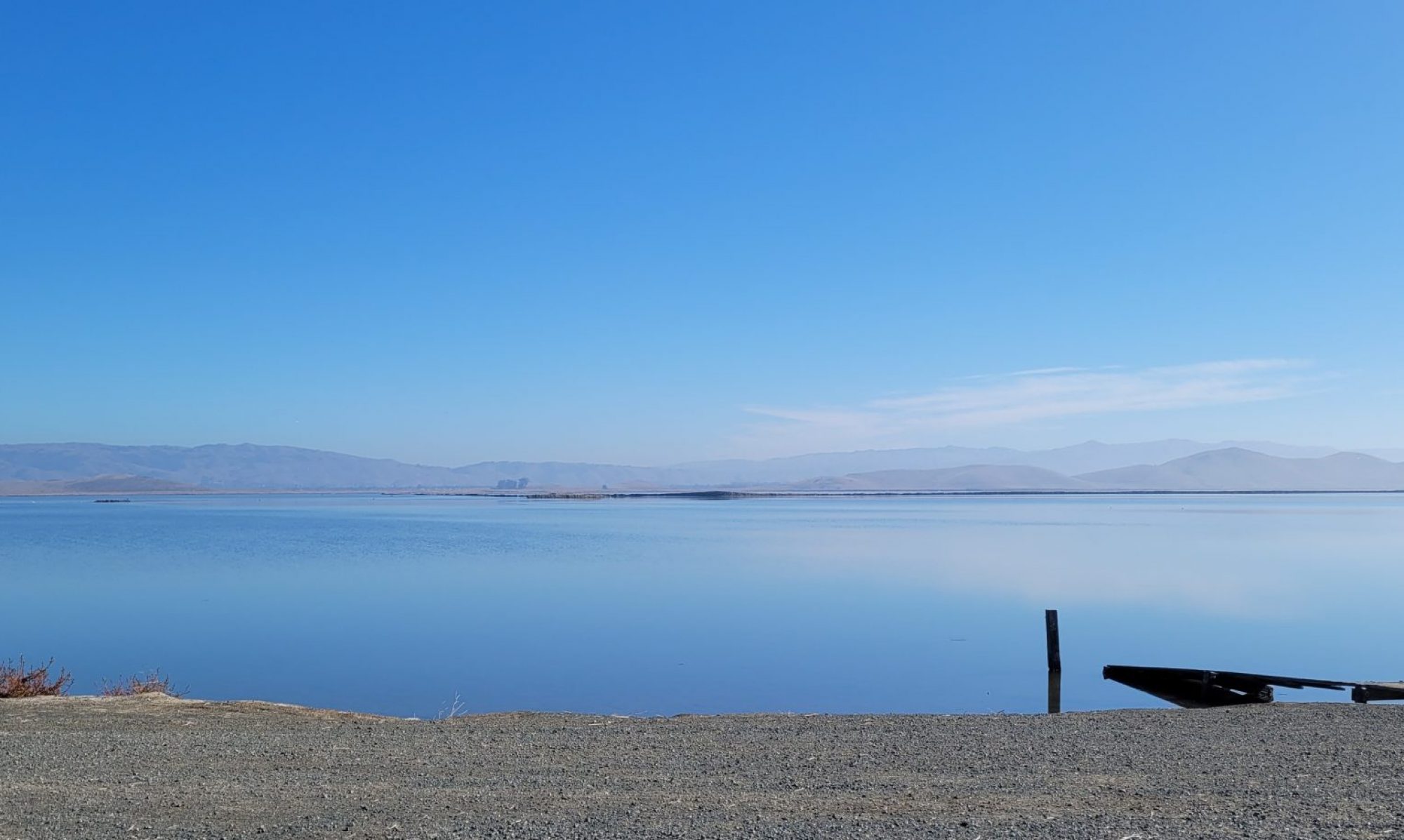
You want to study the Romans?
Prof. Craig Benjamin, “Foundations of Eastern Civilization”
You ought to study the Kushans.
The Kushan dynasty may be the greatest empire that you’ve never heard of.
The Kushans practically invented the Silk Road. At least the middle part of the road, since I noted previously that the Han dynasty forged paths across the mountains to create the road from the east and Darius’ Achmaenid dynasty had a “Royal Road” that crossed from Greece through Persia from the west. Craig Benjamin, who taught a crackerjack 45-lecture Great Course on Eastern Civilizations (yes that’s where I got some of this from), started out an ancient Rome scholar. But he ended up writing his dissertation on the Kushans, that dynasty that spread from Persia across northern Afghanistan and India, a terrain that is mountainous but traversable.
Today, it’s known as the Hindu Kush.




